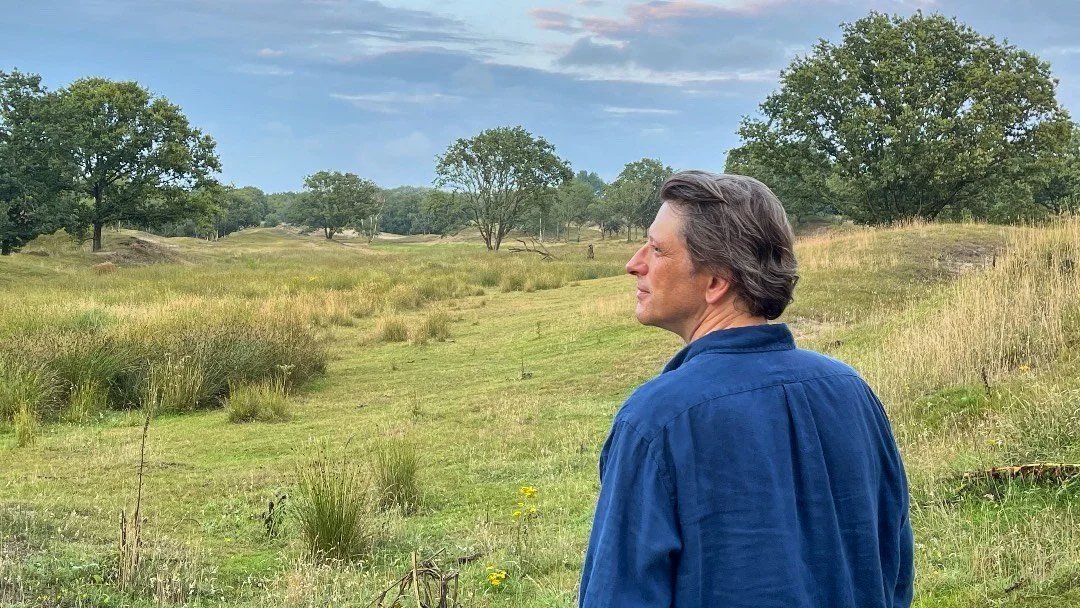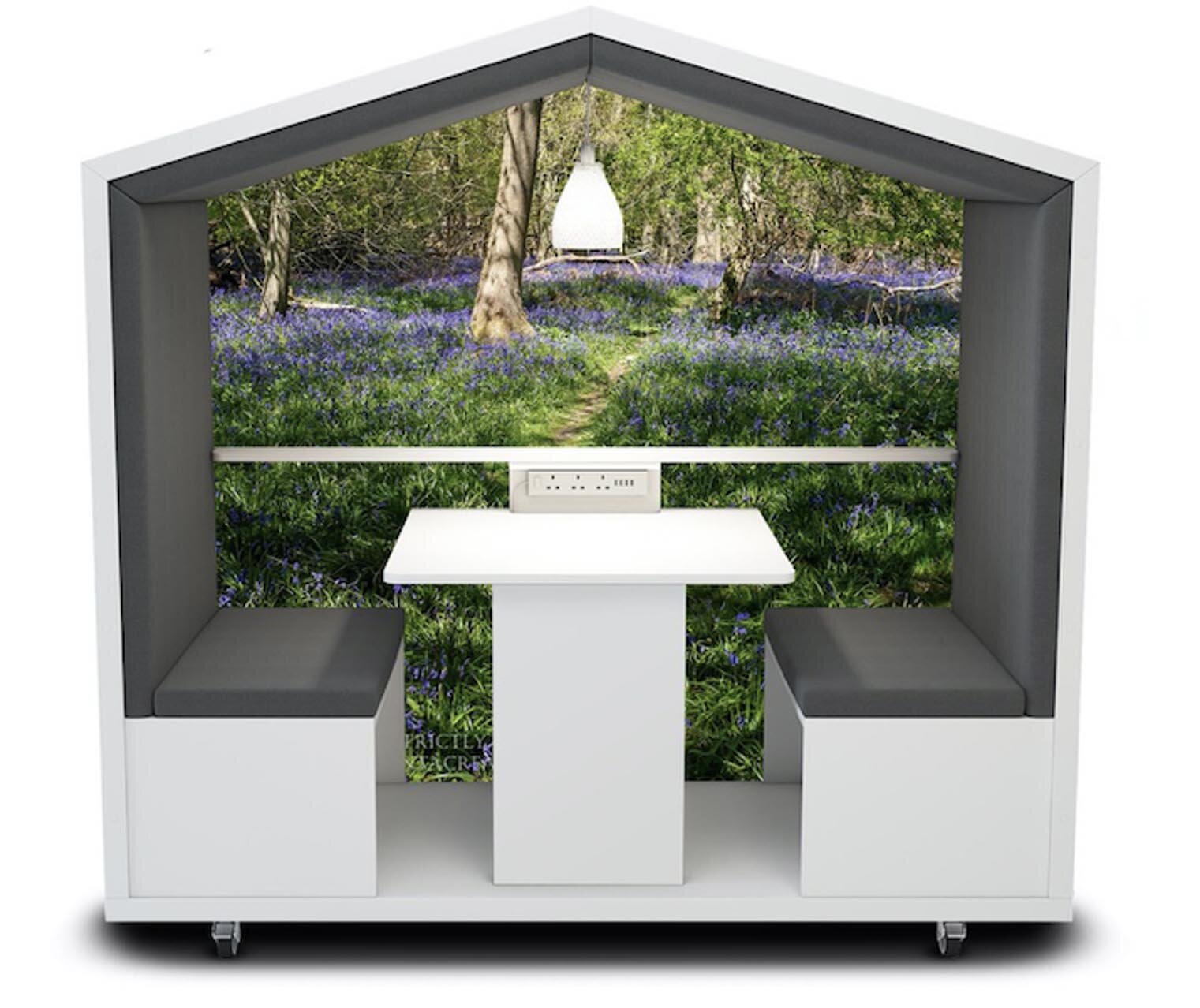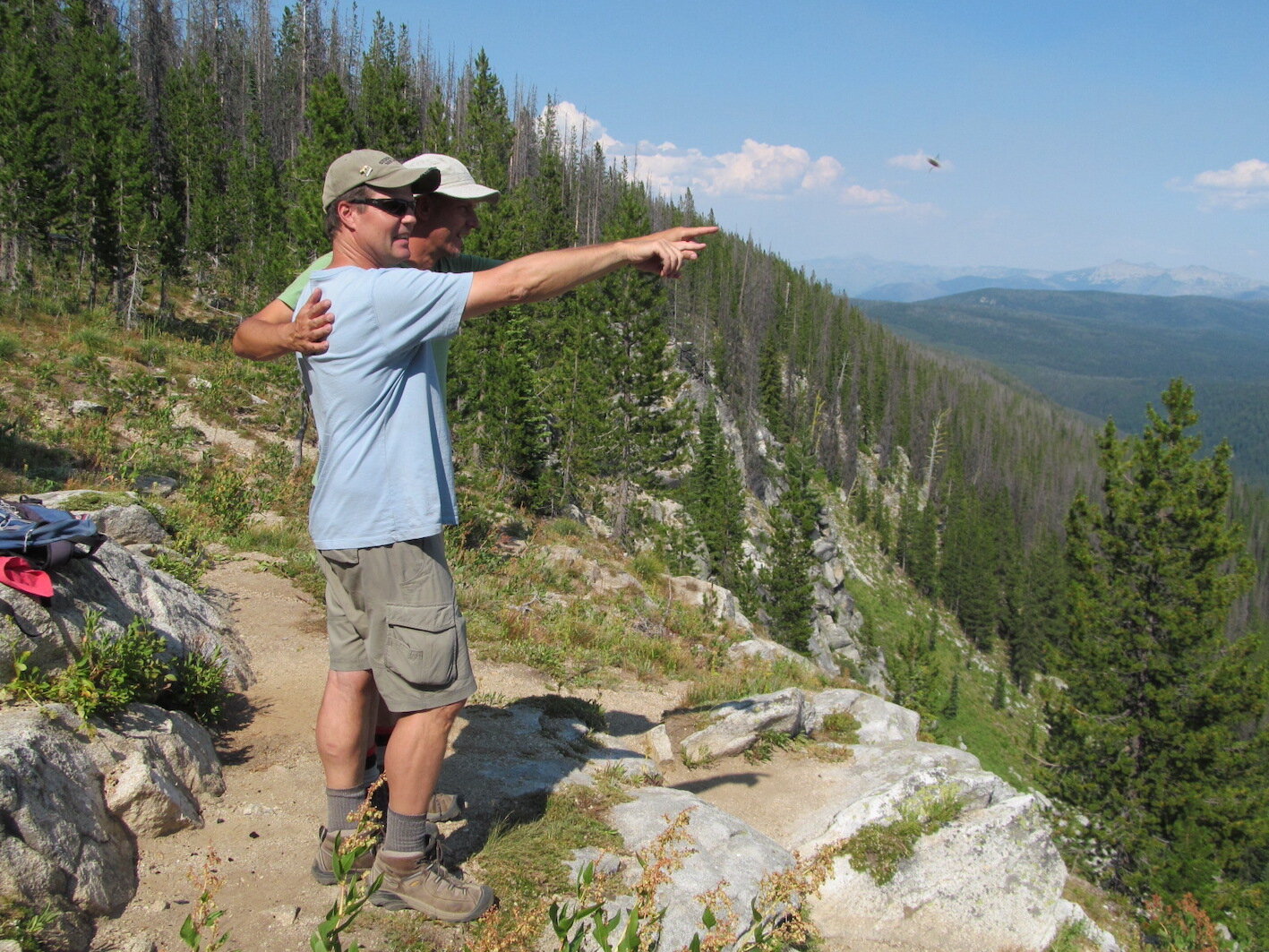Did you know that the principles of “Biophilic Design” have been around for a long time? We might not have called it that, but architects were using the concepts in their built environment. We speak with expert Dr Patty Baker on the ancient world places of healing, particularly the design of the Asklepeion which were buildings and spaces sacred to the god of healing, Asklepios. In this podcast you'll learn who Asklepios was and how his sanctuaries and places of healing were designed to help aid rest, recuperation and healing.
We speak about how the ancient Greeks and Romans had healing centres everywhere, how they brought the “outside” in, how nature played a big part in providing the positive and beautiful setting for these health centres.
They felt that the whole body needed treating, inside and outside the body and also that our senses were key to all this. So it wan’t just what you heard, and could smell, the fresh air but also what you saw. These sanctuaries were surrounded by green and that “fresh” and healthy view was a key to healing.




















